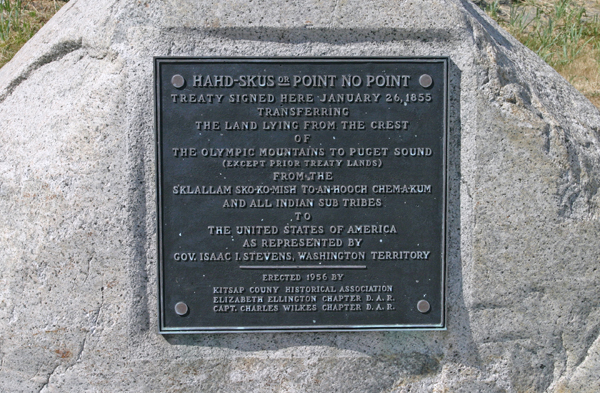American Civil War: The state of Louisiana secedes from the Union.
The American Civil War, which took place from 1861 to 1865, was a major conflict between the Northern states (the Union) and the Southern states (the Confederacy). The primary causes of the war were rooted in longstanding issues, with slavery being a central and divisive factor. Here’s an overview of key aspects of the American Civil War:
Causes of the Civil War:
Slavery: The institution of slavery was a deeply contentious issue. The Southern states, whose economy was largely dependent on agriculture, particularly cotton production, relied heavily on slave labor. The Northern states, which had a more industrialized economy, were increasingly opposed to the expansion of slavery into new territories.
States’ Rights: There was a debate over the extent of federal versus state authority. Southern states argued for greater state sovereignty, while Northern states favored a strong federal government.
Economic and Social Differences: The North and South had distinct economic and social structures, leading to divergent interests. This further fueled sectional tensions.
Secession and Formation of the Confederacy:
In 1860 and 1861, Southern states began to secede from the Union in response to the election of Abraham Lincoln, who was perceived as anti-slavery. The Confederacy was formed with the aim of preserving and expanding the institution of slavery.
Fort Sumter and Outbreak of War:
The conflict began on April 12, 1861, with the Confederate attack on Fort Sumter in South Carolina. This event marked the start of hostilities.
Military Strategies:
The Union, led by President Abraham Lincoln, aimed to preserve the Union and eventually sought to end slavery. The Confederacy, led by President Jefferson Davis, fought to maintain its independence.
Key Battles:
Notable battles during the war included the First Battle of Bull Run, Antietam, Gettysburg, Vicksburg, and Sherman’s March to the Sea.
Emancipation Proclamation:
In 1863, President Lincoln issued the Emancipation Proclamation, declaring that all slaves in Confederate-held territory were to be set free. This shifted the focus of the war toward the abolition of slavery.
Gettysburg Address:
In 1863, following the Battle of Gettysburg, President Lincoln delivered the Gettysburg Address, emphasizing the principles of equality and democracy.
Union Victory and Reconstruction:
The Union emerged victorious in 1865. Reconstruction followed, during which efforts were made to rebuild the Southern states and address issues related to civil rights and integration.
Casualties and Impact:
The Civil War resulted in a staggering number of casualties, with estimates exceeding 600,000. The war had a profound impact on the nation, reshaping the political, social, and economic landscape.
13th Amendment:
In 1865, the 13th Amendment to the United States Constitution was ratified, officially abolishing slavery in the United States.



